Can you monetize music covers on Youtube?
Most people are looking for ways to earn money online because of its advantages. For example, musicians might find monetizing on YouTube attractive, but they don’t know that it’s not that simple. Monetizing digital services such as YouTube may become challenging if not done correctly.
Monetizing covers on YouTube is possible, and many artists earn a living solely from YouTube. However, following the correct procedure is necessary to avoid trouble. To keep your cover video legal, you’ll need a mechanical or a compulsory license.
YouTube is full of cover videos from musicians. Aspiring artists from anywhere can create an online audience by posting covers on YouTube that sparks an emotion. In addition, by monetizing your cover videos, you can create an income stream that will help you earn money while doing something you love.
Posting covers may sound pretty straightforward, but you should consider taking the legal route. Staying legal will save you from obstacles such as your profile or video being removed and help in monetizing your covers on YouTube.
YouTube’s terms and conditions keep changing, and staying updated with it is critical. This article answers your questions and explains how you can monetize your covers on YouTube concerning the recent regulations.
Can You Monetize Piano Covers on YouTube?
Although you can monetize your piano covers, you still need a license for them. The partner program allows you to legally post your covers and split the revenues with the publisher and the creator.
YouTube has two kinds of copyright claims. One is for the composition and the melody of the song, and the other is for the entire performance. Your piano cover may generally fall under the first category of copyright claim. You might get a copyright claim even if you perform the melody of a song without proper licensing and permission from the creator.
Even with the copyright owner allowing you to perform the cover, you’d still be sharing the revenues generated from your video with the original artist. However, you can build your profile and grow an audience to earn more significant sums of money.
Related: How To Make Money Playing Piano: 8 Proven Ways
Can You Monetize Guitar Covers on YouTube?
Monetizing your guitar covers on YouTube is possible by following the procedure set by YouTube’s music policies. However, it is still important to note that no original video or audio clip is used on your cover.
Suppose the owner of the song allows the song to be covered on YouTube, and YouTube’s Content ID correctly identifies your cover. In that case, you will have an option to monetize your cover with shared revenue. The copyright owner will then receive a part of your revenue while also holding the right to their music.
There is always a risk that the owner does not allow your cover. Similarly, there’s also the possibility that the owner lets you post a cover for marketing purposes and doesn’t ask for a share of the revenue.
How Much Do Cover Artists Make on YouTube?
YouTube pays artists through ads on their videos. Depending on the audience and channel, you can make around 18$ for every 1000 ad views. However, cover videos also share their revenues with the creators and earn less money for this reason.
Realistically speaking, most cover artists do not make vast sums of money. The reason is that you are mostly sharing a large percentage of your revenue with the copyright owner. This percentage is pre-decided and can vary between individuals.
Let’s take a look at a real-life example. AmaZane is a musician who posts covers on her Youtube channel besides other educational videos. In this video, she explains how much Youtube has paid her for the covers she posted.
As you can see, her income varies from video to video and depends on numerous factors. Some cover videos have earned only a couple of cents in a year, while some earned almost 100$.
Cover artists who earn significant amounts of money use a slightly different strategy. Using their covers to build an audience, they start producing and publishing original content. Such artists can then increase their earnings by marketing their content through their channels and publishing on multiple digital streams and YouTube.
The cover videos are used to attract an audience and build influence. There are multiple streams to increase your income once you have built your channel. Merchandise, paid sponsorships, affiliate links, and Patreons through your videos are some of the common ways you can generate more revenue.
It is hard to say how much a cover artist makes on YouTube because most of their income can come through different revenue streams. For example, only covers might generate insignificant revenue for most artists who fall under a particular subscriber mark. But, you can generate more revenue by adopting a different strategy to utilize your audience.
Are Cover Songs Copyrighted?
YouTube contains tons of cover songs, and most of them are not copyrighted or allowed by the owner. And, YouTube may take your video down because of a copyright claim. But, at the same time, most of them are not being monetized either.
In October 2018, YouTube changed its content guidelines and adopted the Adsense Content Guidelines. The new guidelines required all websites and digital media presented for monetization to be both original and unique to the creator. In addition, the new guidelines aimed at adding value to the internet on a larger scale.
These guidelines mean that if you plan on monetizing your cover, you’ll need permission from the creator. Not only that, but you’ll need synchronization and a mechanical license. In addition, because of the updated guidelines, cover songs do not fall under fair use.
According to the policies, even if you hum the melody, read or put the lyrics of a song on a video, you’re committing copyright infringement. Yet, there are millions of such videos without copyrights and proper permission from the owner. Such videos are, in other words, also illegal. Moreover, if you have a large audience, your chances of getting a copyright claim increases.
It’s critical not to receive multiple copyright strikes because they can make YouTube pause or delete your account according to their terms of use. For example, account termination will result in deleting all your current videos. In addition, you might be permanently blocked from creating new accounts or publishing new content on YouTube.
Account termination can hurt, and that’s why doing your research and following the legal path is recommended on all levels.
How to Monetize Cover Songs on YouTube? (Legally)
The first step to legally monetizing your cover video is to be a part of a YouTube partner program. You’ll then need to obtain permission from the copyright owner. Then you can turn on monetization for your cover videos. However, you would still be splitting the revenue with the original artist.
Monetizing is only possible for channels that are in the YouTube partner program. In addition, Youtube only allows channels with over one thousand subscribers and four thousand hours of watch time on your channel. This rule applies to all channels, but you also need a mechanical and a synchronization license in the case of a cover video.
An original song can have tons of covers available on YouTube. But, to monetize your covers, you’ll need to pay a royalty fee to the creator and share your revenue with them if they require it. Some platforms such as LANDR, Matchering, eMastered provide you with licenses for a vast range of music.
Once you get your copyright, you can monetize your eligible videos from the monetization tab in the studio section. You’ll then start to earn revenue from ads and views, which you’ll be sharing with the copyright owner.
Also, it is up to the copyright owner if they allow revenue to be shared from your video. In some cases, they can prohibit the cover upload, and you might get a copyright strike. Karaoke’s and videos from live performances are not eligible for monetization.
Final Thoughts
Monetizing your covers on YouTube is possible after getting the required licenses and permission from the copyright owner. But, even then, you’ll be sharing your revenue with the original artist.
However, once you build an audience on YouTube, you can increase your income significantly through multiple streams.
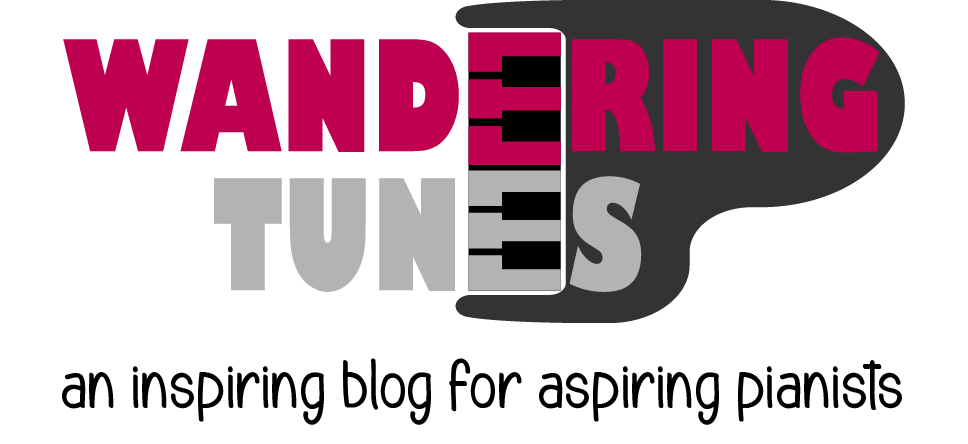
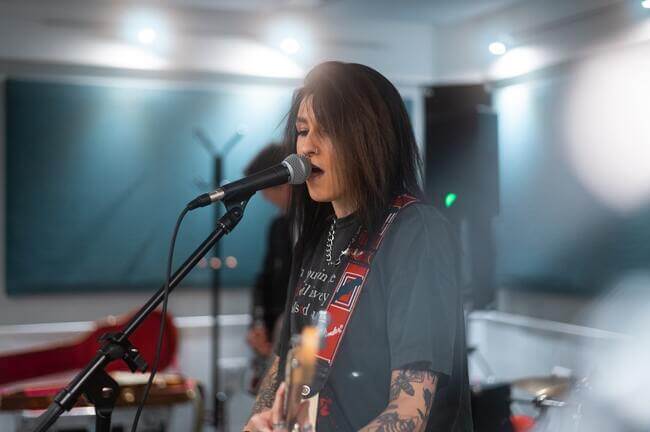

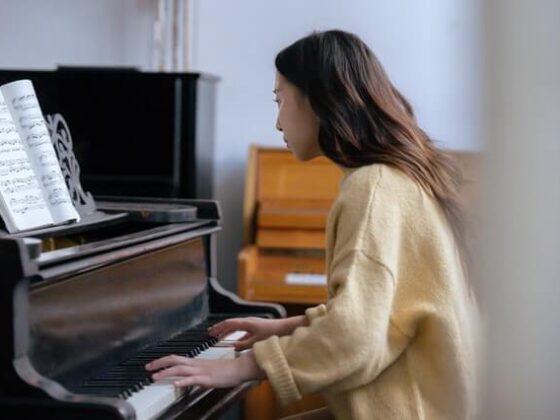
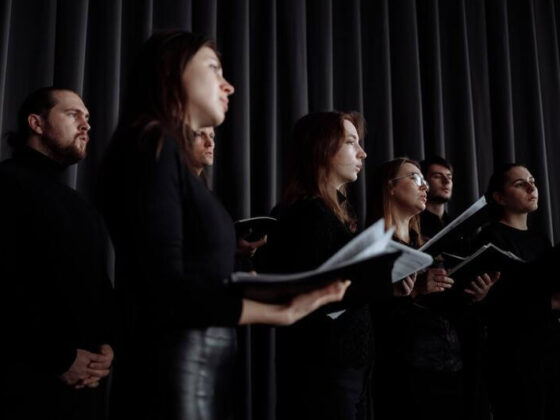
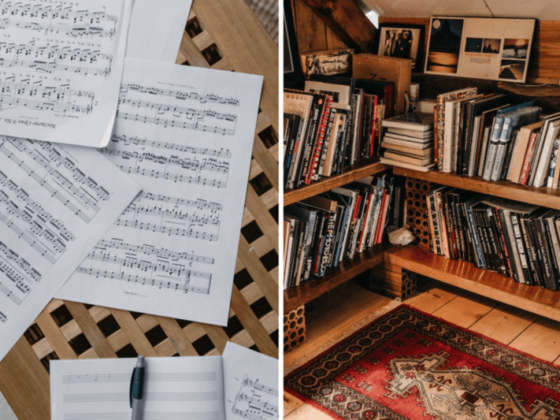
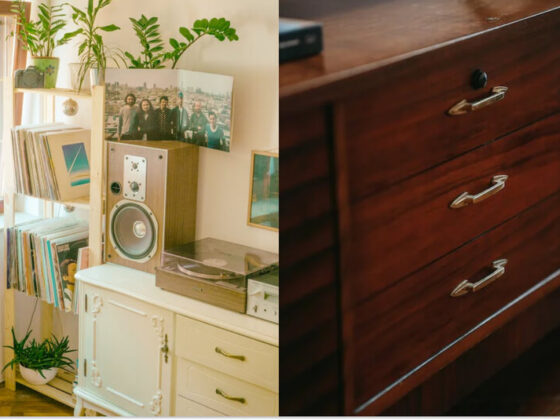


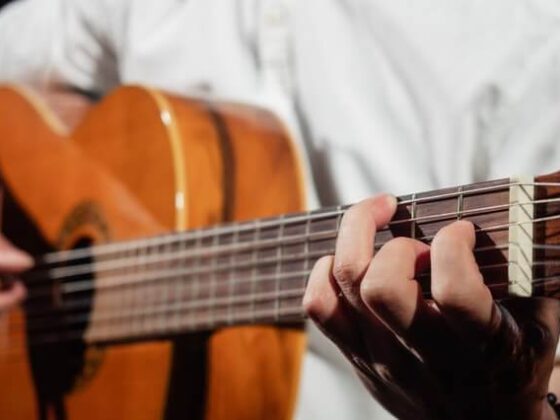
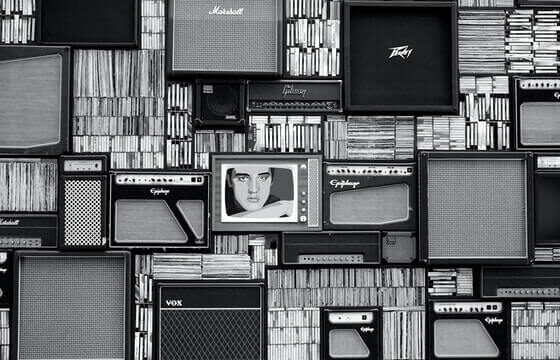

2 comments
This was a good read!
Thank you!